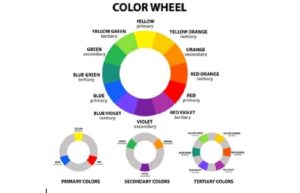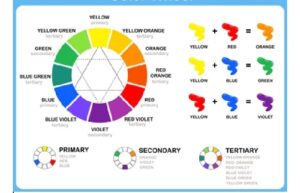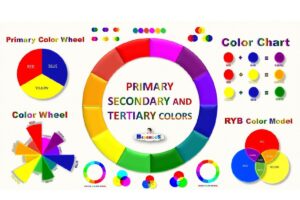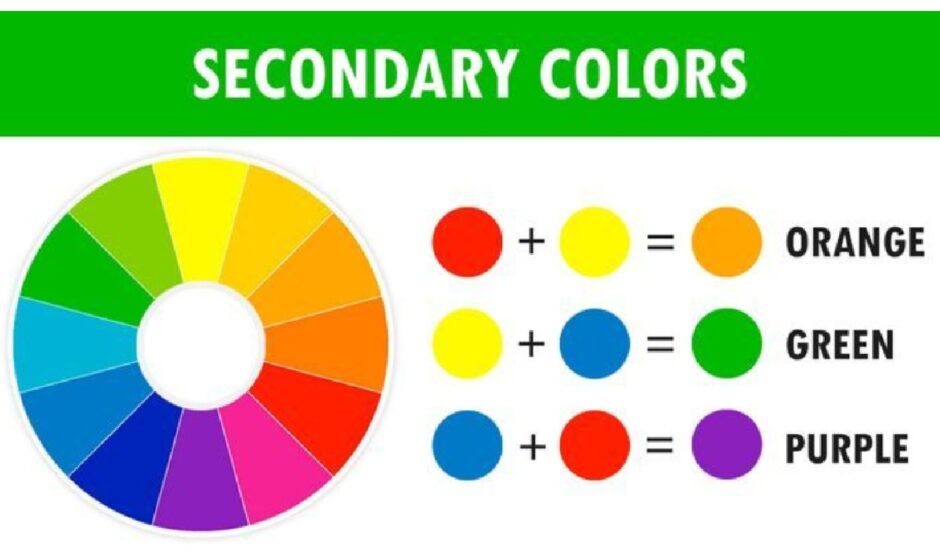Secondary:qmqshomih2a= Color Wheel
This was followed by a color wheel published in 1666 by Sir Isaac Newton. He came up with the first circular diagram of colors as he experimented with light and prisms. Newton built the color wheel that illustrated how colors mixed and related, laying the foundation of theories of color used by artists, designers, and scientists. He was the first person to try to establish how the various colors related and how the modern-day color wheels used today were to be constructed.
A color wheel is a circular chart demonstrating the connection between the various colors. It is further classified into the primary color, the secondary color, and the tertiary color.
- Primary colors are red, blue, and yellow. This is the primary color wheel. It can also not be produced by blending other hues in some way.
- Secondary colors are formed by mixing two primary colors in equal proportions: green is a blend of blue and yellow; orange is derived from blue and yellow, while purple is from red and blue.
- Tertiary colors are initiated by blending a primary color with a secondary color (such as red-orange or blue-green, for instance).

The second colors are made by combining the two first colors on the color wheel. Here are the combinations that result in secondary colors:
- Orange: Interchanging the red color and the yellow color.
2. Green: Combination of blue and yellow.
3. Purple: Blending between the red and the blue.
These secondary colors occupy an important place in art and design as well as in color theory, and when mixed with primaries and territories, they help make more aesthetic color combinations.

Moving past the secondary colors (orange, green, purple), fresh color combinations come into play if you start mixing primary with secondary colors that result in the tertiary colors. Here are a few examples:
- Red-Orange: Mixing red and orange is recommended.
2. Yellow-Orange: Add yellow and orange colors.
3. Yellow-Green: Yellow and green should be mixed on the second account.
4. Blue-Green: Mix blue and green color.
5. Blue-Purple: Combine blue with purple color.
6. Red-Purple: Add red and purple to together

That further combines all the primary colors and their echoes in a new way, allowing us to speak about extending the range of shades. These tertiary colors make the designs, art, and even color combinations exciting and diverse.


